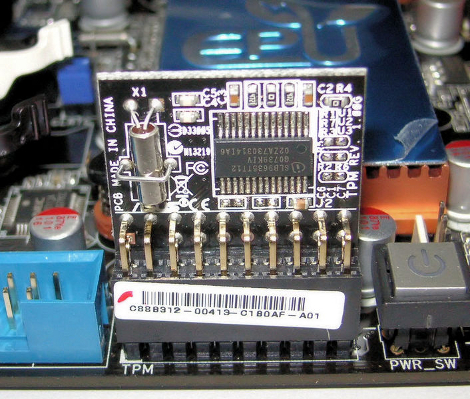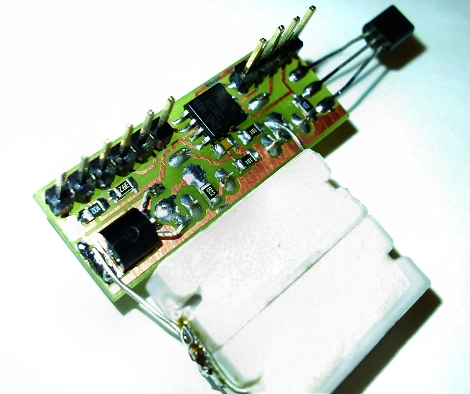
[Tom Shannon] uses science as part of his art. One of his methods when painting is to use this radio controlled paint pendulum. He gave an interview at his studio, which we’ve embedded after the break, and goes into detail about this device. It has six different reservoirs that hold the paint colors. Each gravity-fed canister connects to a central nozzle with flexible tubing. The hand held control box has a slider for each color that moves a servo pinching each supply tube. This ingenuity keeps him creating even though Parkinson’s Disease has started to manifest itself with tremors in his hands.
It’s hard to make out the paintings seen above, but the ones on display in the video are pretty amazing. He mentions that anything can be loaded into the hoppers, including tomato sauce. Is anyone else thinking about large scale pizza constuction? This also reminds us of the mechanical bartenders we’ve seen in the past. Continue reading “Wireless Painting”













